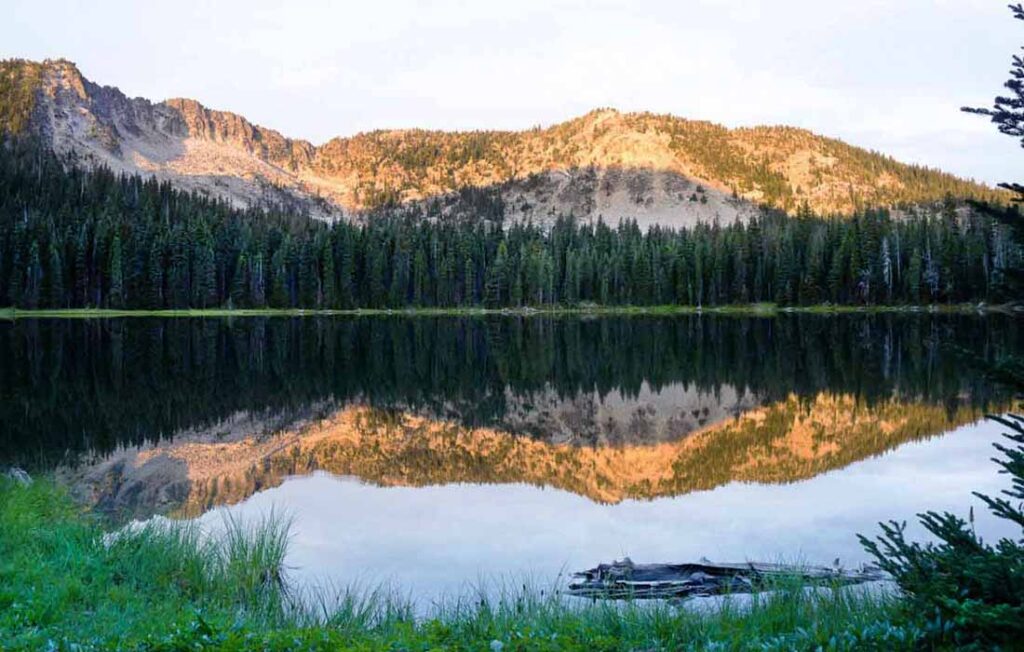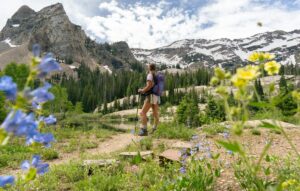People like you provide critical support to nonprofits seeking to improve our world. Get to know our EarthShare Nonprofit Partners and the impact made possible when you take action for the planet.
———
Located in Eastern Oregon, meandering through the shadows of looming mountains, winding rivers, and rocky outcrops is the Blue Mountains Trail, developed and administered by the Greater Hells Canyon Council (GHCC). Created to celebrate some of Oregon’s most breathtaking nature, it guides you through lush, green forests and rocky mountainscapes that stretch as far as the eye can see. Wildflowers dot the horizon, and in between giant mountain peaks sit inviting rural towns, some as small as a city block. Blink, and you might miss them. But there they are, a welcome taste of civilization amidst hundreds of thousands of acres of wilderness.
For 530 miles, you will walk some of the most stunning and secluded landscapes in the Pacific Northwest, touring multiple state parks as well as the ancestral lands of the Nez Perce, Confederated Tribes of the Umatilla, and Confederated Tribes of Warm Springs. Explore seven unique wilderness areas, including Eagle Cap, Hells Canyon, North Fork Umatilla, and Strawberry Mountain. With every step, you’ll be introduced to a hidden piece of natural wonder rarely seen by people. Full of life, culture, and history, the Blue Mountains Trail is a site to behold.
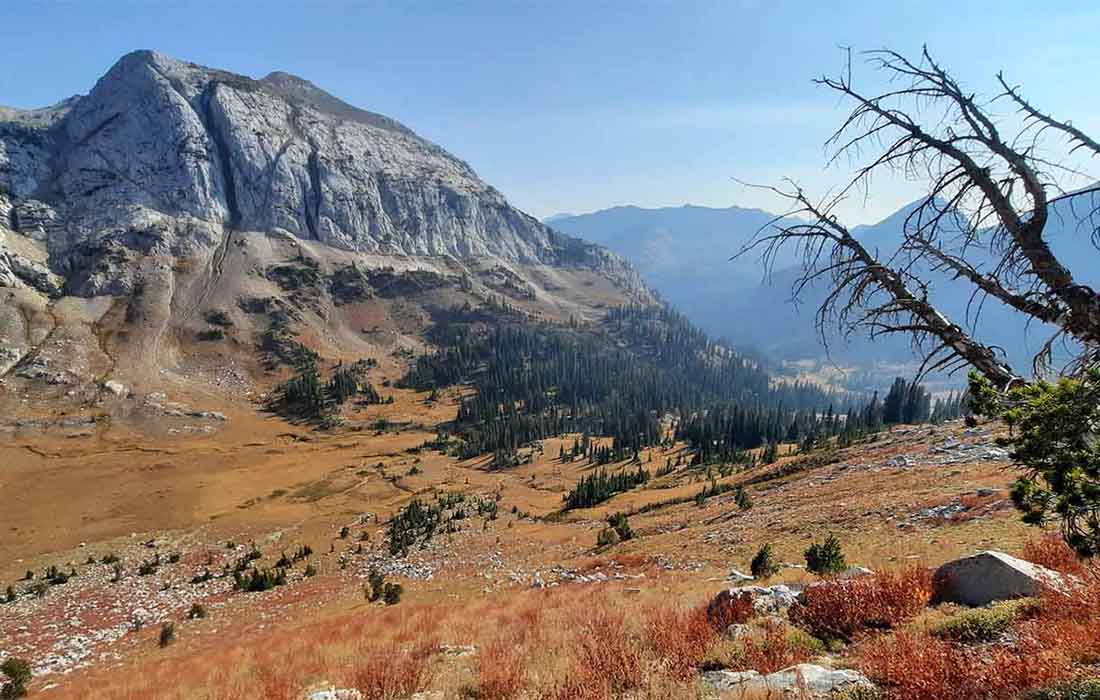
A Rich History of Nature and Preservation
The Blue Mountains region provides the natural ecosystem for some of Oregon’s most interesting and beloved native species of plants and wildlife. The land offers fishing, hunting, and natural resources for the native peoples who have called this region home for thousands of years.
Since 1967, the Greater Hells Canyon Council has been working to maintain and preserve the region’s natural landscape. In response to the 1964 proposal to build the High Mountain Sheep Dam that would have blocked both the Snake and Salmon Rivers, GHCC (originally named the Hells Canyon Preservation Council) was formed to keep these rivers free flowing. Successful in their efforts, the group turned its focus from preservation to maintaining and embracing Oregon’s natural beauty, successfully advocating for the creation of the Hells Canyon National Recreation Area in 1975. The Blue Mountains Trail was born of this legacy.
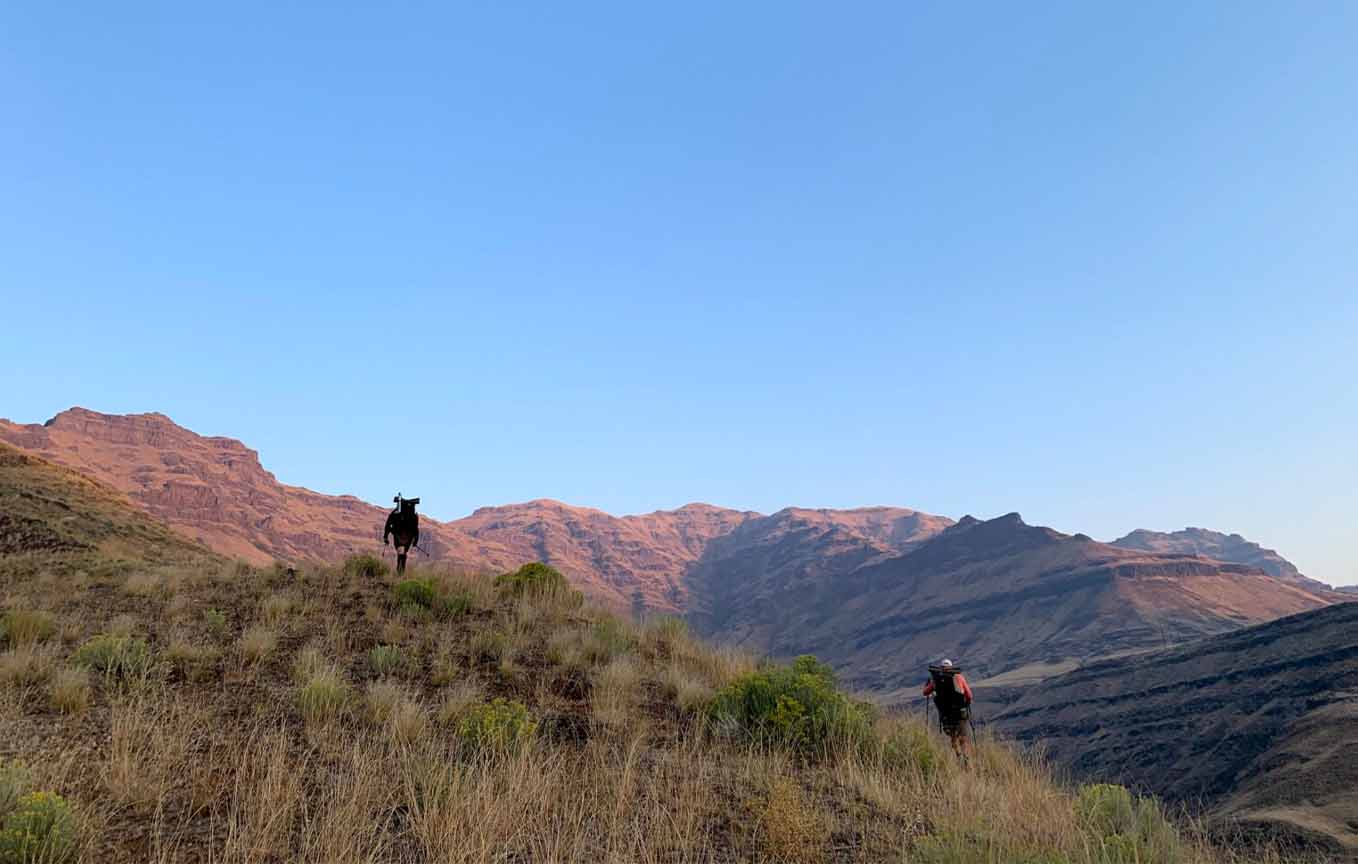
Over the course of the next 3-5 years, GHCC will be turning its focus to improving trail conditions and finding new routes that entirely avoid roads and overgrown or bushwhack areas of the landscape. As part of these efforts, GHCC aims to grow an even stronger force of volunteers to work primarily on trail maintenance for the Blue Mountains Trail as well as other popular trails in the area.
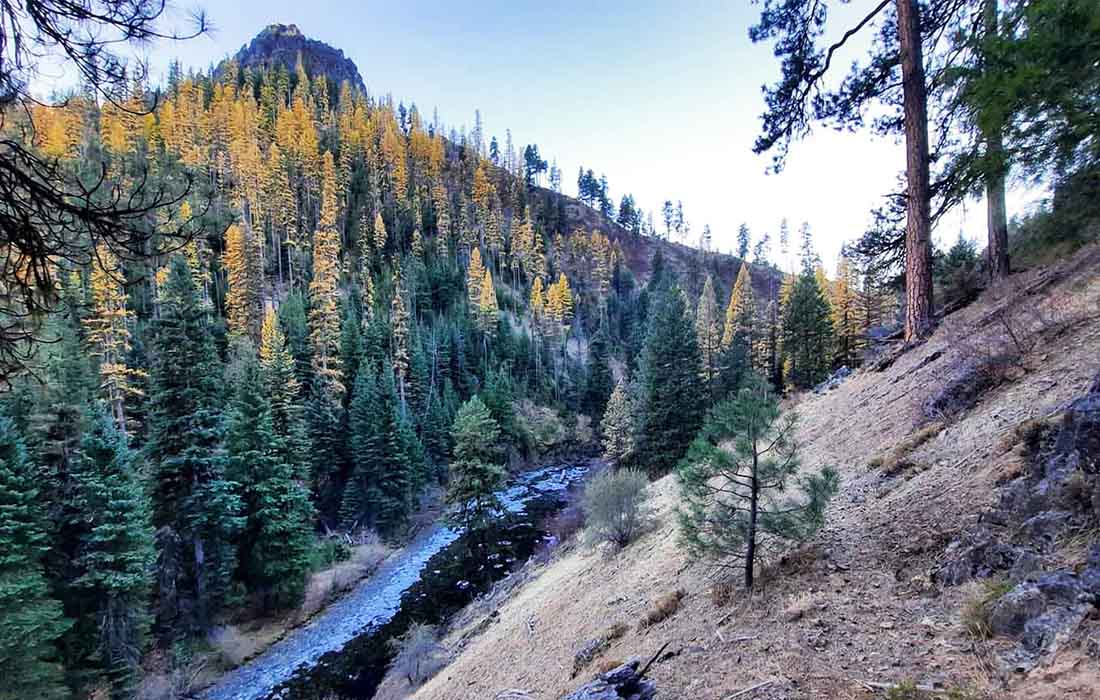
Adventuring in the Middle of Nowhere
For those interested in getting close to nature with absolutely no distractions from the outside world, there’s nowhere better than the Blue Mountains Trail. From the rich green foliage of bristlecone pines to the striking red accents of Indian paintbrush, the bubbling of creeks to the roaring of the Imnaha River, the atmosphere is ideal for calming practices like forest bathing to get in touch with the environment around you. Set against the backdrop of rural Oregon, the trail stretches on for hundreds of miles of peace and solitude, interrupted only by the occasional town or settlement where you can restock on supplies.
But don’t miss out on the opportunity to learn more about the local communities. With rich town histories dating back to the late 1800s and a deep tribal history on these lands dating back far before, the people who inhabit the Blue Mountains region of east Oregon are as much a part of the land’s diverse tapestry as the nature that surrounds them. Small population sizes mean these communities are often overlooked, but the increase in tourism as a result of visitors to the Blue Mountains Trail can, quite literally in some cases, put these towns and the broader region on the map.
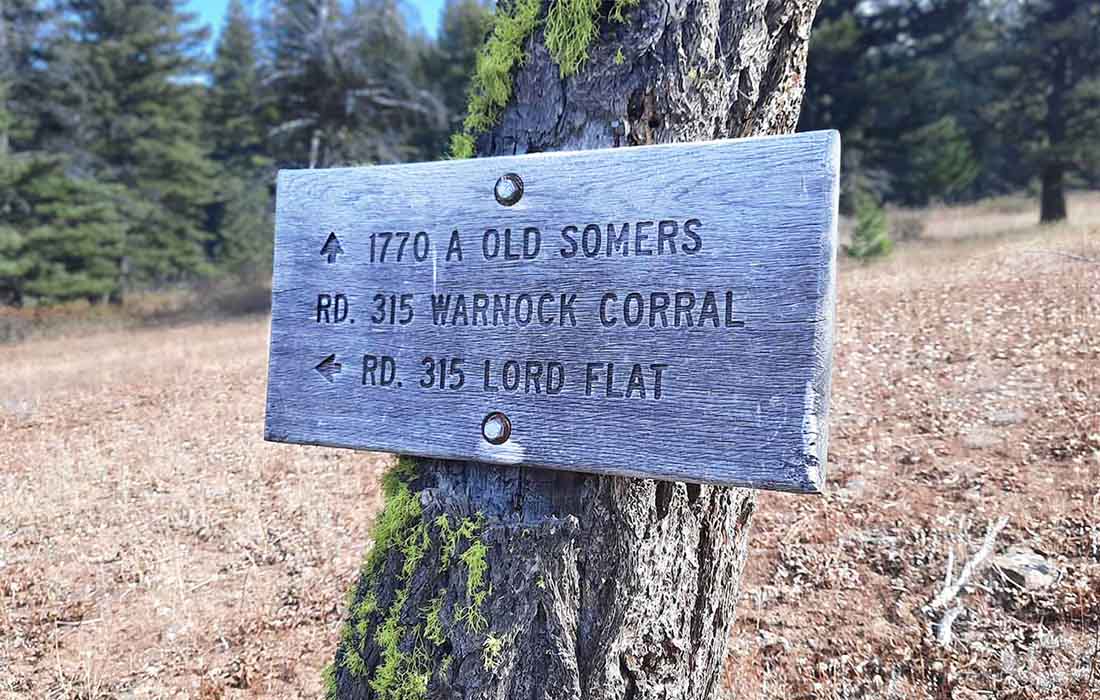
Yet, despite these occasional outposts, the trail itself remains incredibly remote with stretches of more than one hundred miles separating one section of the trail from the next with little to no population in between. GHCC’s goal is to improve overall trail conditions and develop resource guides to make the trail more accessible for people of all backgrounds. This will additionally provide visitors and hikers with the resources needed to navigate local businesses and see what resources are available in both populated and sparse areas.
Rural recreational development, when paired with thoughtful recreation infrastructure, can offer an abundance of new economic opportunities to help invigorate the region. This will help develop long-term connections between the people who come from outside the region to visit the wilderness and the businesses and individuals living in the surrounding communities.
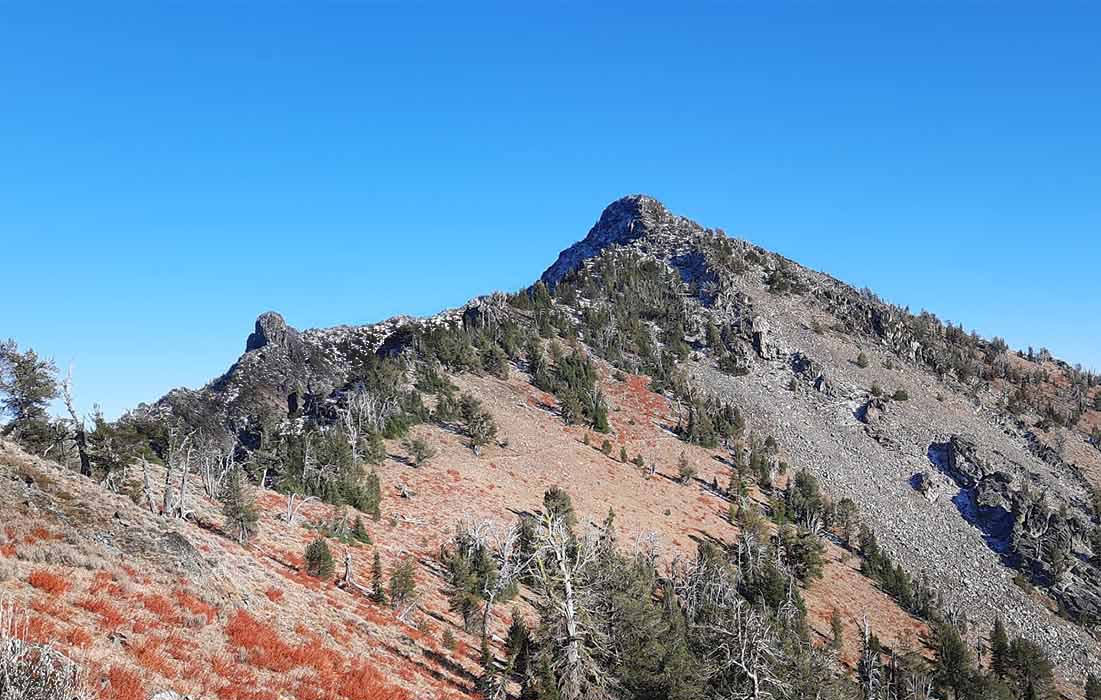
Challenges from the Wilderness
Every year, the Blue Mountains Trail and, by extension, GHCC experience new challenges; everything from forest fires that close large sections of the trail and surrounding national forests for long periods of time to trails that require significant maintenance due to overgrowth, including blackberry and poison ivy. Unfortunately, regular maintenance options aren’t always available, especially for sections of the trail that traverse through designated wilderness areas.
More than ever, frequent and consistent contact with visitors and hikers of the trail is key in order to communicate any potential dangers or sections of trail that are impassible. To do this, GHCC is working alongside National Forest staff and other key groups to determine how to restore these trails and find reroute options as necessary.
Since its launch in 2021, the Blue Mountains Trail initiative has brought together countless people who love recreation and the outdoor beauty of Northeast Oregon. Private and public support for the trail has been immense, and the GHCC is proud to continue these efforts alongside so many committed government, corporate, and nonprofit partners.
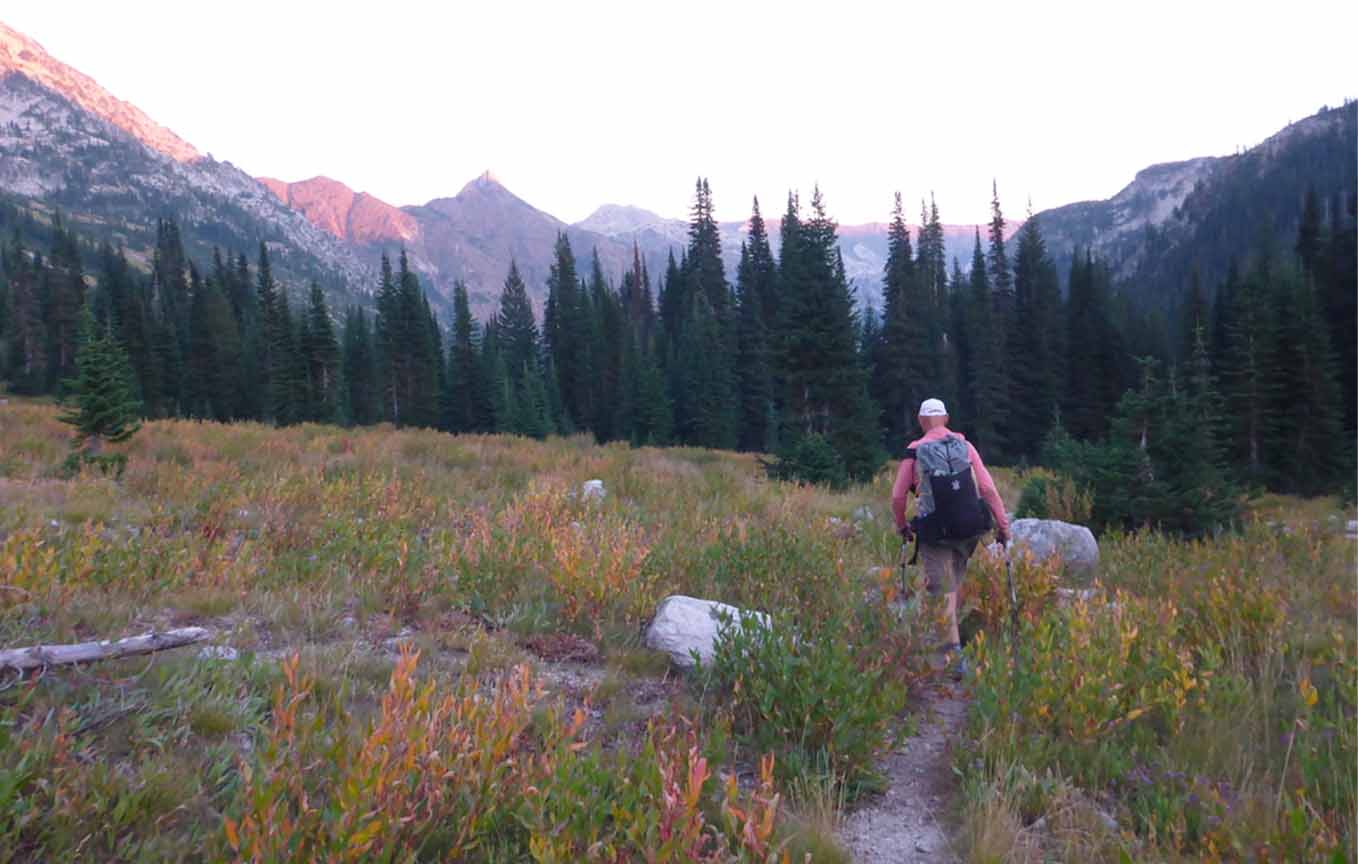
Interested in Getting Involved?
Learn more about GHCC and their initiatives! Sign up for the Blue Mountains Trail newsletter (you’ll get a BMT sticker for signing up so you can proudly show your support) or follow the organization on Instagram and Facebook.
If you live in the Pacific Northwest and would like to know how you can help, GHCC is building a list of individuals interested in volunteering with trail maintenance and other conservation and restoration projects (such as bumble bee and beaver dam monitoring) in the region. If you’re interested in being added to this list of volunteers, reach out to Jared Kennedy at jared@hellscanyon.org.
———
And don’t forget to check out and support Blue Mountains Trail and the Greater Hells Canyon Council on our new Giving and Engagement Platform. Do you love our planet and are ready to take action? Want to enjoy regular content just like this? Join our new individual community of environmental supporters (and don’t forget to invite your family and friends to take part)!
